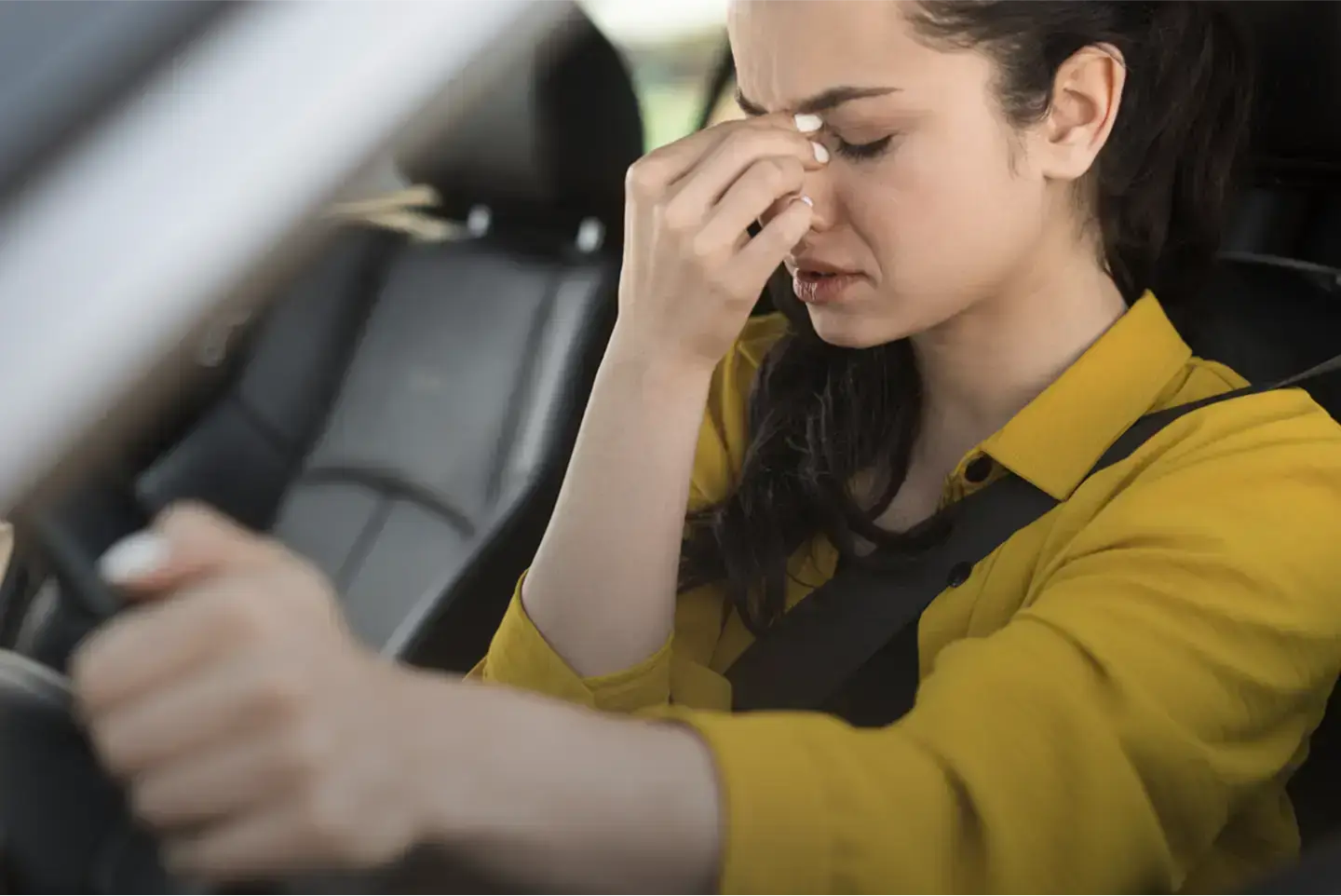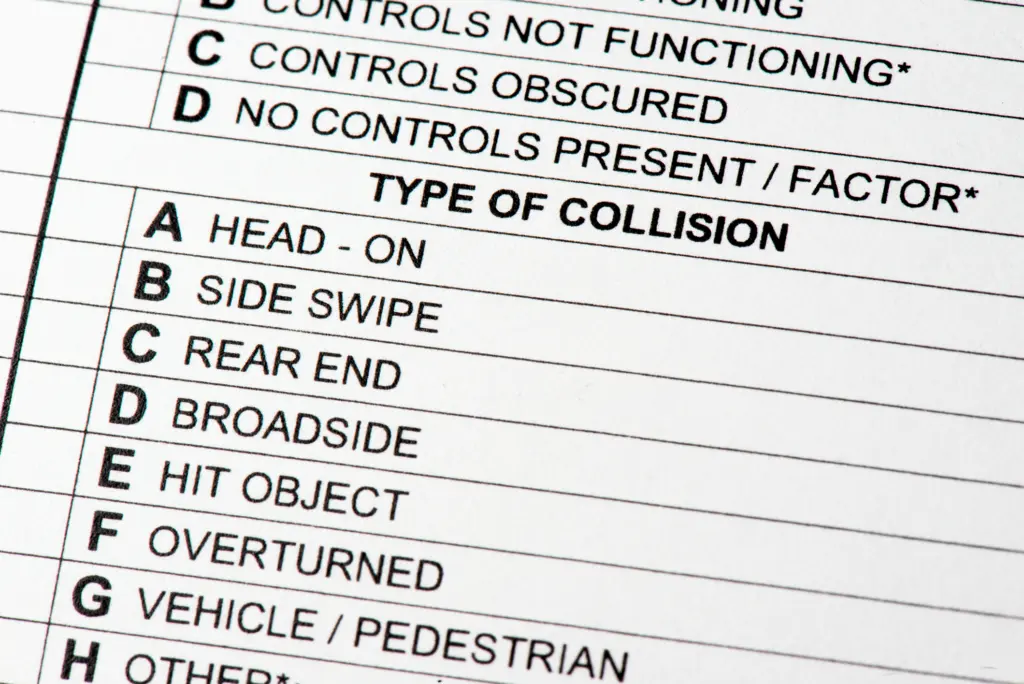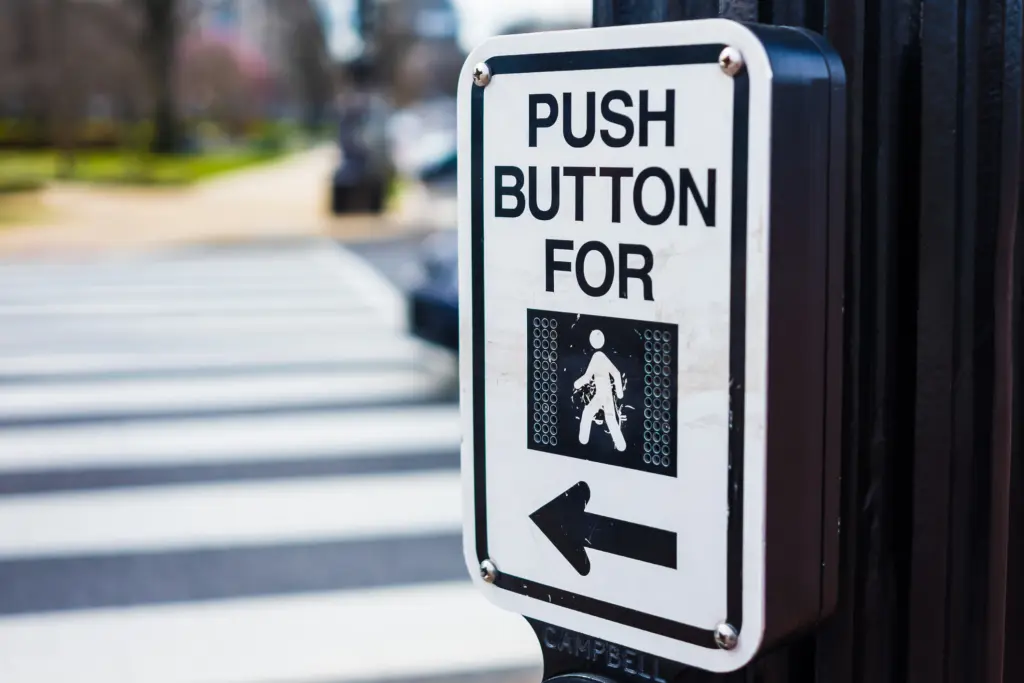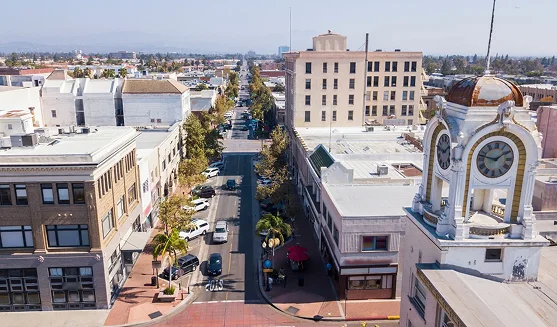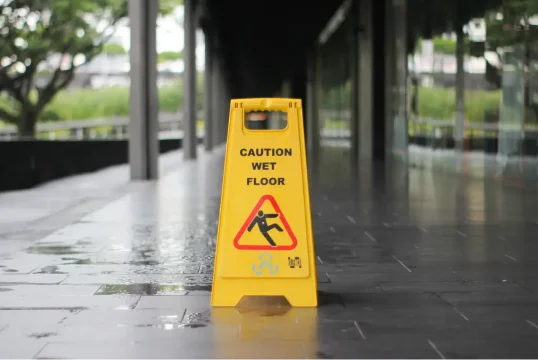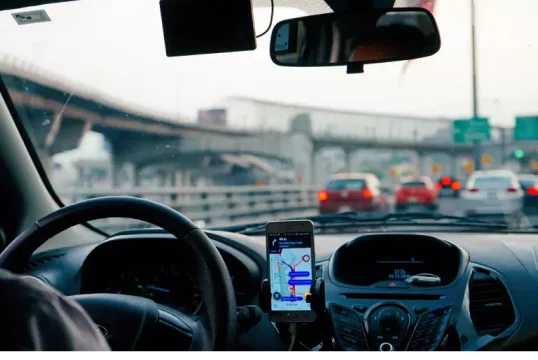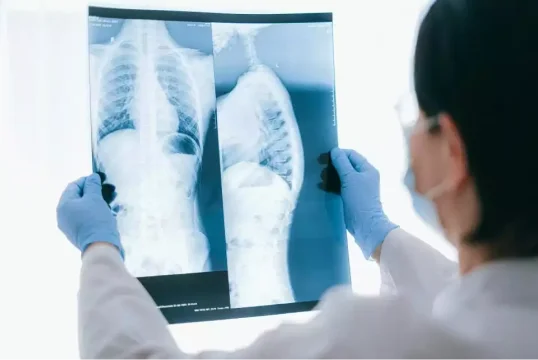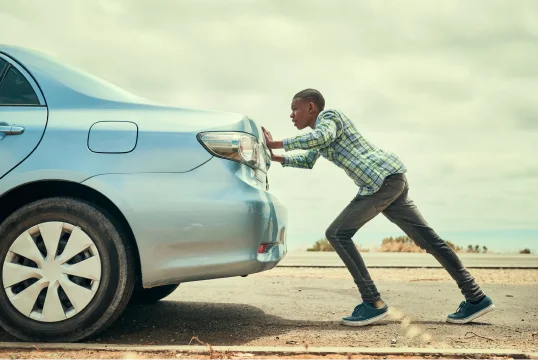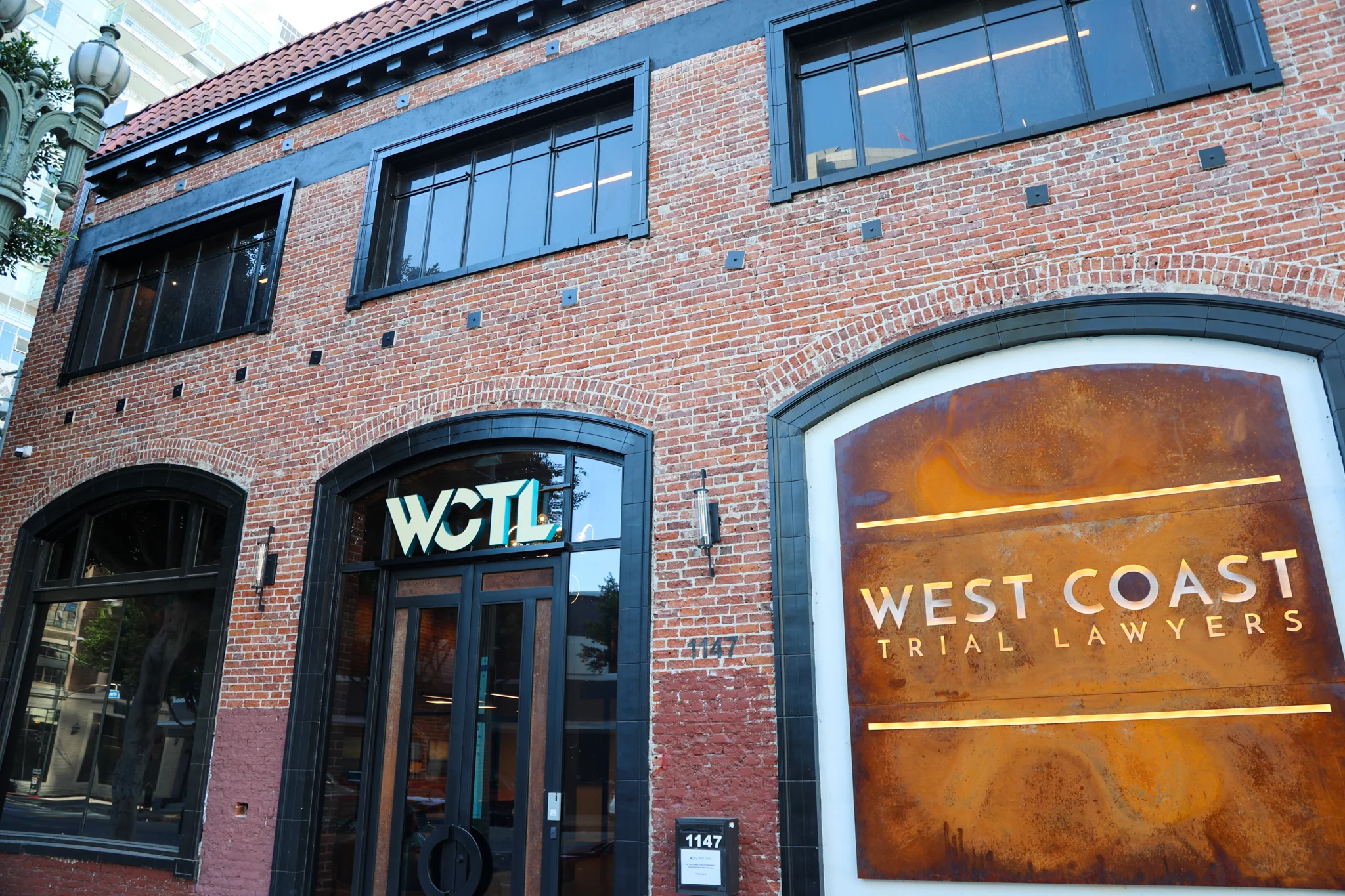TL;DR: Pain and suffering after a car accident includes both physical pain (like chronic back pain or headaches) and emotional distress (such as PTSD or anxiety). These are considered non-economic damages in California and can be proven through medical records, therapist notes, and witness testimony. To claim them, document everything early, seek professional help, and work with an attorney. The statute of limitations is two years — but exceptions may apply.


506 REVIEWS
This is my first time needing a lawyer and I couldn't believe how helpful these guys were! They were very professional, quick and easy to work with! I even came to the office to pick up my check and the receptionist was very nice and even offered me water (it was a hot day). I would 100% recommend this team and come back for their services!
Nancy N.

308 REVIEWS
oast Trial Lawyers. Each attorney who has worked on my case showed professionalism, good communication skills, and compassion towards me. I was also satisfied with the pay I received for each case.
Micheal Swarz

308 REVIEWS
Exceptional service from start to finish! The team at West Coast Trial lawyers handled my personal injury case with professionalism, compassion, and expertise. They kept me informed every step of the way and fought tirelessly to ensure I received the compensation I deserved. I highly recommend their services to anyone in need of legal representation for personal injury cases. 5 stars!
Andre Hinojos

308 REVIEWS
I was involved in car accident last summer while taking my kid to school. It was my first accident so I was extremely nervous and scared. After venting out several law firms, I went with West Coast Trial Lawyers. From the start, till the very end, I was always connected and in touch with my attorney, the process was a lot easier than I thought and I am happy to say everything went better than expected with my case!! Thank you to the entire staff!
Charles Thompson

497 REVIEWS
This is a great firm that gets it done. When my brother was killed in an auto/bike accident we contacted West Coast Trial Lawyers and they handled our case and even got us a really great setttlement based on the situation and circumstance. We know no one could have done a better job.
Meck Giinan
Understanding Pain and Suffering in California
In California, “pain and suffering” refers to the physical discomfort and emotional distress a person experiences as a result of an injury. These are known legally as non-economic damages. Unlike medical bills or lost wages, which have clear dollar amounts, pain and suffering damages are subjective — but very real.
California law allows victims to recover for pain and suffering following an accident under the California Civil Jury Instructions (CACI) 3905A. This includes:
- Physical pain, discomfort, and limitations
- Emotional distress, anxiety, depression, PTSD
- Loss of enjoyment of life, hobbies, and relationships
- Disfigurement or permanent disability
Examples of Qualifying Pain and Suffering
You don’t need broken bones to qualify for these damages. Common examples include:
- Whiplash that limits your ability to sleep or work
- Chronic migraines following a head injury
- Insomnia and panic attacks after a traumatic crash
- Isolation or depression caused by immobility or disfigurement
Steps to Claim Pain and Suffering
To give yourself the best chance at recovering compensation—money for your losses—take these steps immediately after the accident:
- Document your pain daily. Keep a journal of symptoms, emotional changes, and lifestyle impacts.
- Get professional help. Visit a doctor for physical injuries and a therapist or counselor for emotional ones.
- Gather testimony. Ask coworkers, friends, or family to note changes in your behavior or personality.
- Avoid social media. Insurers may use posts to downplay your suffering.
- Talk to a lawyer early. A qualified attorney can connect you with the right medical experts and gather strong evidence.
Learn more about car accident claims
Real Example: Pasadena Rear-End Crash
A Pasadena schoolteacher was rear-ended while stopped at a light. Her initial injuries seemed minor — no fractures, just soreness and fatigue. But weeks later, she began experiencing panic attacks, flashbacks, and insomnia. Her doctor diagnosed PTSD and referred her to therapy. The insurer offered $15,000. After our firm got involved, we submitted therapist notes, letters from coworkers, and expert evaluations. Her final settlement: $145,000 — covering both her treatment and pain and suffering.
Feeling Lost or Overwhelmed?
That’s normal. If emotional distress is affecting your daily life, pause and breathe. Write down what you’re experiencing while it’s fresh — even small details help. Let our legal team take care of the legal fight while you focus on healing.
Frequently Asked Questions
What qualifies as emotional pain and suffering?
Conditions like anxiety, depression, PTSD, fear, insomnia, or loss of enjoyment in life are all considered emotional damages. These often follow traumatic crashes even without serious visible injuries.
Can I recover pain and suffering damages without physical injuries?
Yes. You don’t need a broken bone to qualify. Emotional distress alone, if well documented, may be enough to claim pain and suffering damages.
How is pain and suffering calculated?
There’s no fixed formula. Juries and insurers often consider severity, duration, and how the injury has affected your life. A skilled lawyer uses medical records, expert reports, and real-world impacts to prove your case.
How long do I have to file?
In California, you typically have 2 years from the accident — but if injuries are discovered later, exceptions may extend your deadline.
Will insurance cover pain and suffering?
Yes, if you can prove your claim. This includes both physical and emotional impacts, supported by proper documentation.
No Win, No Fee. Contact West Coast Trial Lawyers today for a free consultation.
Neama Rahmani, Esq.
President, West Coast Trial Lawyers
California Bar No. 240613
Verify Neama’s credentials
